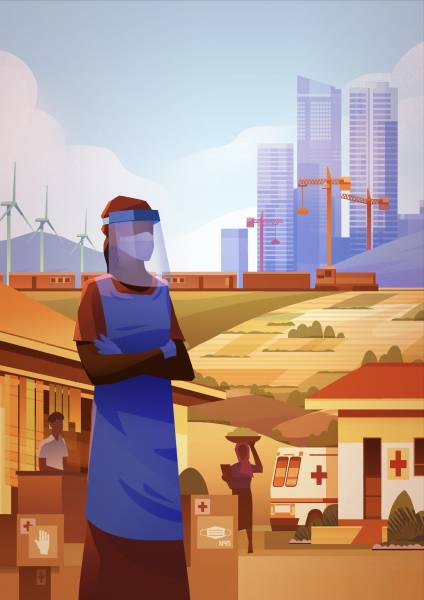It is rare for public procurement to make the headlines. But as the Covid-19 pandemic sent public authorities around the world scrambling to secure supplies of everything from ventilators and protective gloves to infrastructure such as makeshift hospitals, the ability of governments to source what they need—quickly, efficiently and responsibly—has become a hot topic.
Recently, The Economist - Intelligence Unit supported by UNOPS, published an essay exploring the ‘Future of Public Spending - Responses to Covid-19’ as means to examine the implications of the current crisis, the opportunity it presents for rethinking procurement and the renewed importance of effective and sustainable public spending as countries re-open, recover and rebuild.
Mark Hidson, Director of ICLEI’s Sustainable Procurement Centre, shared how to leverage procurement to include SMEs and start-ups in the sourcing process. With unemployment set to rise to unprecedented levels, the need to shape inclusive spending policies that actively enable greater and more diverse participation in public contracts has become more critical than ever.
Often, however, old ways of thinking continue to present obstacles to sustainable procurement. One is the pressure to find the lowest immediate price. “There are sustainable products and services out there, but they struggle to get a market sometimes because there are cheaper alternatives,” says Mr Hidson. “So the opportunity is to invest the recovery plans into those areas.”
But whether the transformation started before or during the pandemic, the next step for governments is to look beyond the crisis and ensure that systems put in place today can be used to transform public procurement in the medium- to long term.
Achieving efficiency and value for money now will ensure that more public funding is available to governments as they face their next big challenge: shifting to a low-carbon economy and accelerating progress towards meeting the SDGs.
Read the full essay here.




